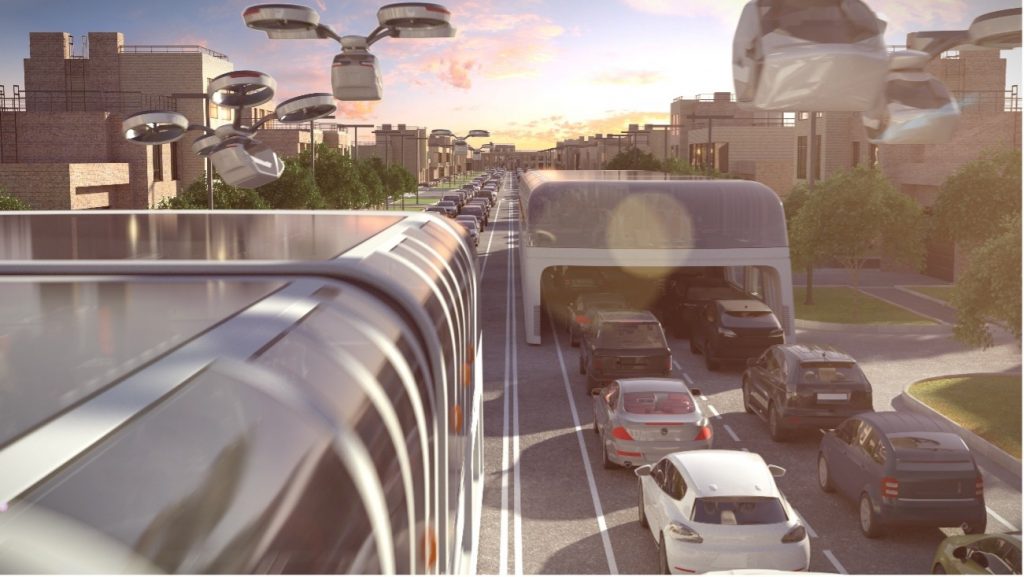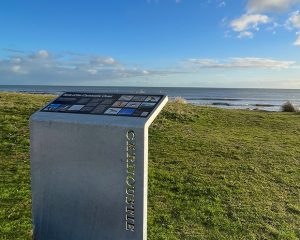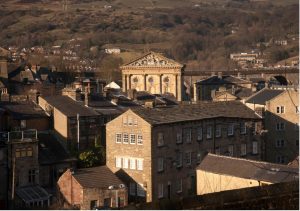Reflections on COP26
Many pledges were made, but was progress made? As the dust settles on COP26 in Glasgow, we are reflecting on whether we are any closer to achieving the important environmental goal of net-zero.
The Glasgow Breakthroughs
The Glasgow Breakthroughs are a set of global targets agreed upon at COP26 earlier this month. The targets aim to accelerate the innovation and use of clean technologies across five emission-heavy sectors. On road transport, 29 nations (we’re counting the EU here as one entity) signed up at COP26 to this “breakthrough”:
Zero emission vehicles are the new normal and are accessible, affordable and sustainable in all regions by 2030.
All the Glasgow Breakthroughs focus on technological innovation in order to reduce our environmental impact by making clean technologies and sustainable solutions the most affordable, accessible and attractive option.
Innovation is key
There’s no doubt about it: innovation is going to be key to solving the climate crisis. And, thankfully, it’s something that us humans are rather good at. You only have to look at the Earthshot Prize – which included this invention to create green hydrogen out of renewable electricity – or this superb floating rubbish bin to see the huge role that innovation will play in solving our climate crisis.
But Can innovation fix everything?
In order to answer that, it’s important to understand what exactly we are trying to fix: is the aim to switch from “dirty” to “clean” options in order to continue life as normal? Or, is the aim to radically rethink how we do things to reduce our impact in the first place?
Will electric cars solve all our problems?
In every sphere of life we have a choice about how to respond to the climate crisis. When it comes to the clothes we wear, we could respond by buying clothes made from bamboo in place of water-intensive cotton. Or we could buy new clothes less often.
In the same vein, when it comes to transportation, we could rely purely on innovation and replace our petrol (or diesel) powered cars for electric ones. And, if the roads become too full, we could innovate further and make cars for the skies.
Or, we could rethink how we move about our towns and cities.
Good placemaking is the best route to reducing our environmental impact
Let us be clear, we are wholly in support of electric vehicles. And with transportation making up over a quarter of the UK’s greenhouse gas emissions, it’s an essential piece of the puzzle.
But, we can’t help thinking that this Breakthrough pledge is missing something.
We firmly believe that placemaking is the best way to create truly net zero communities. And part of that will mean moving away from the car, which has come to dominate our urban landscape so much.
Life in a car-reliant world isn’t just a problem for climate change. It also leads to a less active society and cuts communities and neighbourhoods off from each other. By contrast, a world where you can access the things you need within a 15 minute walking distance results in healthier and better connected communities.
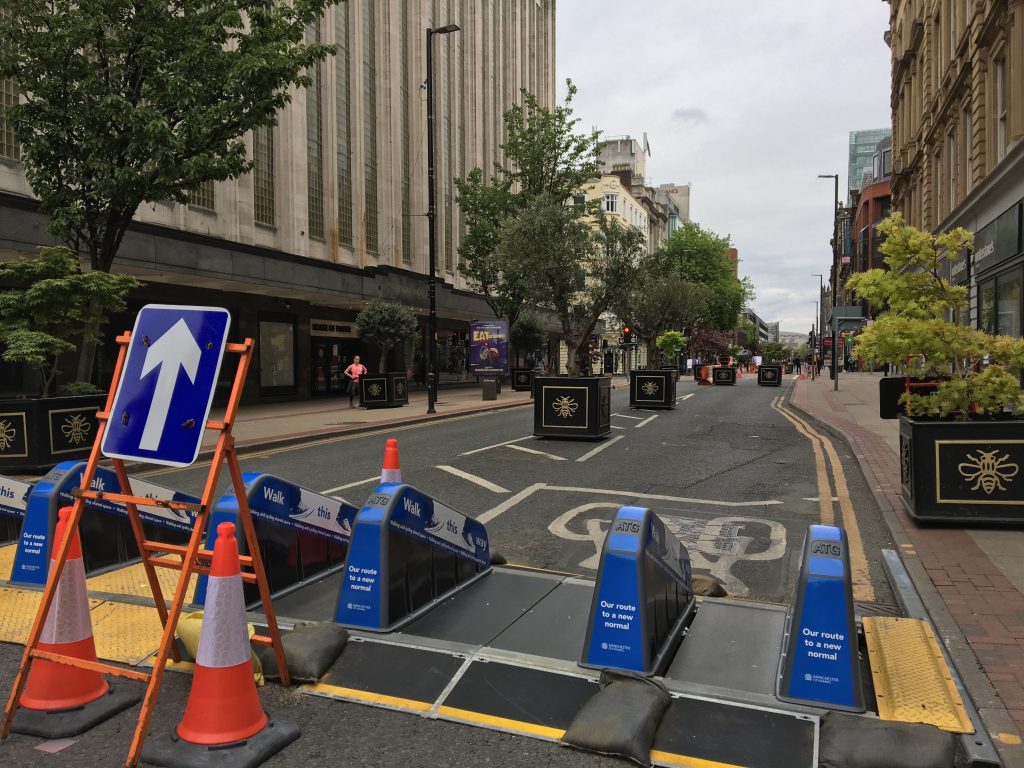
Good placemaking principles think about the bigger picture – locating housing close to places of work and close to the everyday shops and services that we all need. So that you don’t have to jump in your car to run an errand.
“Good placemaking emphasises social life as the backbone of society. Cities are gaining spaces where people can exchange ideas and take action”
Placemaking has a key role to play in creating more resilient, thriving, inclusive and sustainable public spaces in our neighbourhoods, towns and cities. And spontaneous interactions between people can only take place when we’re going at a slow enough pace to bump into people.
Wayfinding is key to an active, walkable space
In our work alongside planners and masterplanners, it’s obvious to see the huge benefits that arise when spaces are designed for people, not cars.
Cambridge is a city known for its cycling but as the city expands and distances from the residential suburbs into the city centre increase, it would be easy for residents to rely increasingly on the car. So, working with Aecom’s landscape architecture team, our work in the new residential neighbourhood of North West Cambridge focused on encouraging active travel into the city centre through creating shared spaces that no longer prioritised cars over people.
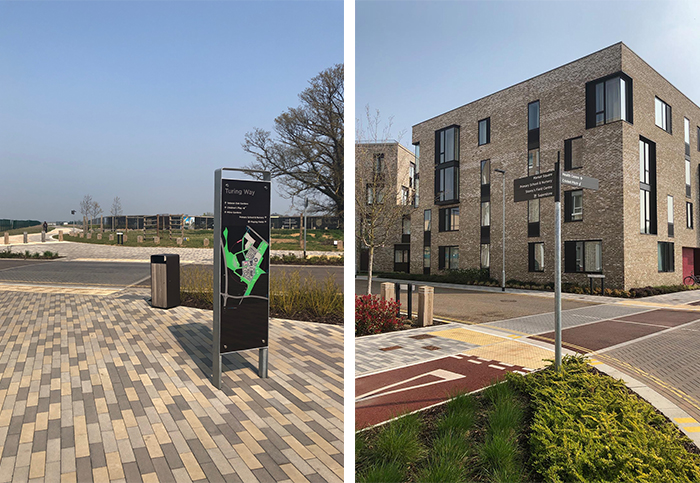
When we create more walkable neighbourhoods – where choosing active travel is the most obvious and easiest choice – we not only reduce greenhouse gas emissions, we help to keep people healthy and keep communities connected. And after the lockdowns of 2020 and 2021, we’re sure you’ll agree that the value of bumping into your neighbour can’t be overstated.
Who knows, perhaps by embracing spontaneous interactions in our walkable neighbourhoods we will come up with the next new innovation to help curb climate change.
If you’re interested to make your place more pedestrian-friendly, get in touch on 0161 241 3174.

